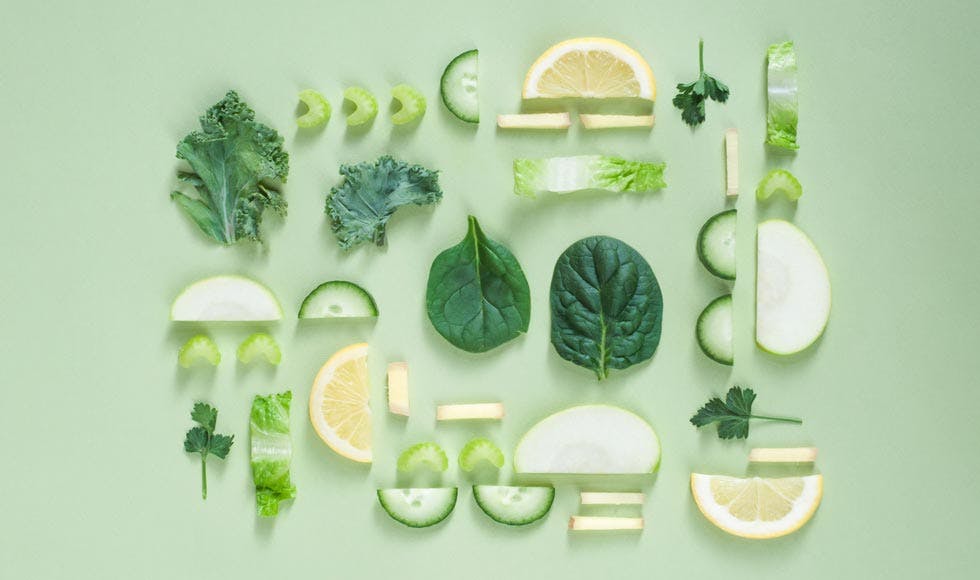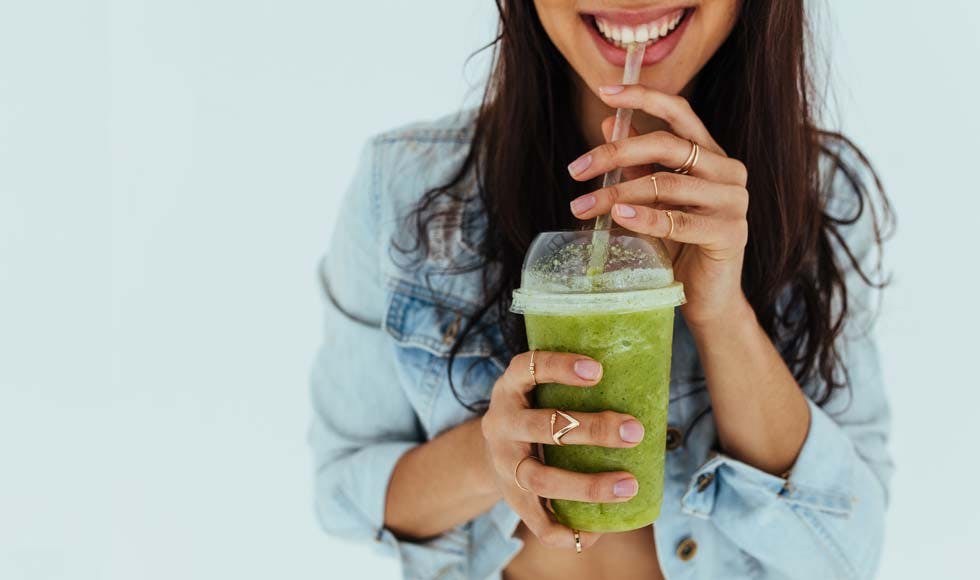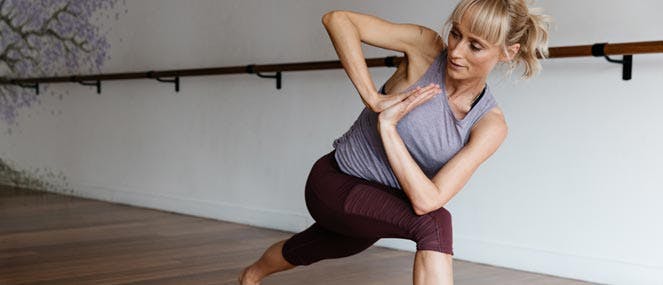
- Health hub/
- Tips & Advice on Improving your Digestive Health/
- Yoga and digestion - part 2


Claire Evans: Yoga poses (asanas) can be grouped according to the general position of the body. Common examples of this include:
- standing poses – performed standing
- inversions – involve inverting your torso, or your whole body, upside down
- backbends – involve the bending of your spine backwards
- forward bends – involve folding forward from your torso, usually while sitting
- twists – involve twisting the spine and torso
Kathryn Terrill: Claire, last time you gave us some examples of standing. Do you know of any inversion asanas that may help to improve digestive health?
CE: Indeed! This group of asanas are of great benefit to our whole being, as when one turns upside-down, the whole body is relieved of the gravity that weighs upon us daily. Care should always be taken with inverted postures as correct technique is essential in avoiding injury.
SIRSANA (headstand)
This is of great benefit as it may help to dislodge and flush the intestines. It balances the brain and body restores harmony to all systems.

SALAMBA SAVANGASANA (shoulder stand)
The shoulder stand should always follow head stand. It brings harmony to all organs and is very calming on the nervous system.

KT: What about back bends? How might they help maintain digestive health?
CE: Back bends give space to gastric organs, moving the diaphragm from the upper organs. As the torso is given space, functions can improve and sluggish organs are reactivated. According to traditional Indian medicine, at the centre of the torso sits the heart chakra. When this area is opened and fed with fresh blood the whole body increases with vitality.
SUPTA VIRASANA (reclining hero pose)
This can be performed after meals, and is a great posture for lengthening the psoas muscle and the muscles of the thighs. The length created here draws the intestinal energy down the body. The abdominal muscles are opened and spread, to improve function.

ARDHA DANURASANA (bow pose)
The bow pose is a multi beneficial posture as the abdominal area is lengthened and in contact with the floor, thus massaging the belly.

One can then move into PARSVA DANURASANA which involves rolling through from side to side and this increases the massaging effects felt in the belly.
Claire Evans is a Level II Iyengar Yoga teacher, as well as a Reiki Master and massage therapist. She teaches yoga classes regularly in Byron Shire on the north coast of NSW.




